Connecting communication strategies to business (benefit) objectives, recruitment, retention, safety, and productivity requirements are necessary to effectively drive the overall purpose of the organization.
…that’s where there’s “power” in conversation.
The Employee’s Premium Payments while on Medical Leave
What to do, how to continue to have the employee’s portion of the benefit premium collected and paid when an employee leaves for medical reasons?
In many initial medical leaves, especially when there is no Short-Term Disability, employers wouldn’t know if the Long Term Disability may be required, yet premium payments, including the employee’s portion needs to be continued. Employers often struggle with what to do when payroll deduction is no longer an option.
(Employee’s typically pay 100% of the disability premium on their group plan in order to have it deemed non-taxable at the point of claim)
This is a good moment to remind employers of the need of a corporate policy which includes a clause of how long the benefit plan (especially the health and/or dental and/or health and personal spending accounts) may continue in the event of a medical leave.
Remember, it’s up to the employer to collect premiums from the employee, as the insurer will continue to bill for Short-Term and/or Long-Term until Long Term Disability is approved, at which time the waiver of premium (usually 182-days, confirm your own policy) will kick in the day after the Long Term Disability waiting period has ended, pending the employee is approved for claim.
Perhaps a workable option may be, in addition to your current process of when employees go on an extended medical leave and you complete the Record of Employment (ROE) for Employment Insurance Sickness benefits, that, at that time, provide the employee with the monthly amount of their premiums and ask them to choose a payment option (monthly payments, or a deduction/series of deductions when they return to work).
Non-Evidence maximums.
Most benefit plans include two maximums that apply to coverage. They are:
- non-evidence maximum (NEM); and
- an overall benefit maximum.
These maximums can and apply to Life Insurance, Critical Illness insurance, Short Term, and Long-Term Disability coverage.
Employees enrolling in coverage up to the non-evidence maximum, do not need to complete a medical questionnaire regarding their health. However, if their salary is such that they would qualify, (for instance, the non-evidence maximum is $2,500, but they would qualify for $5,000) the employee has the OPTION to apply for coverage over the non-evidence maximum.
Ultimately it is the employer’s responsibility (benefit plan administrator) to provide the employees access to the medical questionnaire form and the employee’s responsibility to read their benefit booklet, know what they are covered for and complete the paperwork (if they want the additional coverage) to start the underwriting process.
Plan administrators can see this via their on-line access and provide medical questionnaire to those who would qualify, OR plan members can request and complete a health questionnaire for submission into the insurance company for underwriting approval. It is common in the industry to refer to this as providing the insurer with evidence, or “proof of good health”.
A benefit maximum is the cap on coverage available to covered employees. Plan members can apply for coverage over the non-evidence maximum but up to the benefit maximum. If plan members:
- do not apply for additional coverage; or
- do not qualify for additional coverage,
then they will still have coverage up to the non-evidence maximum as listed in their benefit booklet and according to the billing statement. The non-evidence maximum is the same for all members in the same class. It’s important to review the coverage available under your benefit plan and to consider coverage options.
During the life of the policy with an insurer, the non-evidence maximum may be eligible to be increased, or an employer may choose to have both the maximum coverage match the non-evidence maximum.
Even when they qualify for more, some employees may choose NOT to complete a medical questionnaire for their own reasons which may include:
- knowing they do not qualify due to an existing health condition.
- they do not want more coverage.
- they do not want to pay additional premium for coverage.
- they have an existing individual policy and have no need for the excess.
Waiver of Premium
As mentioned previously, the qualifying period for Waiver of Premium is typically182-days or the day after the Long Term Disability is scheduled to begin (if approved).
If an employee becomes totally disability while insured (having been actively at work to qualify) prior to the age of 65, typically the insurance carrier will waive the premiums required to continue that employee’s and their covered dependents life insurance, provided the employee continues to meet the insurers entitlement criteria—but only up to a certain age. Be sure to check your own policy for confirmation on timelines and qualifying criteria.
We’d be pleased to engage in a meaningful conversation. Give us a call.
Note: this was written without the aid of Artificial Intelligence (AI)
Disclaimer: Please note that the information provided, while authoritative, is not guaranteed for accuracy and legality. The site is read by a world-wide audience and employment, taxation, legal vary accordingly. Please seek legal, accounting and human resources counsel from qualified professionals to make certain your legal/accounting/compliance interpretation and decisions are correct for your location. This information is for guidance, ideas, and assistance.





